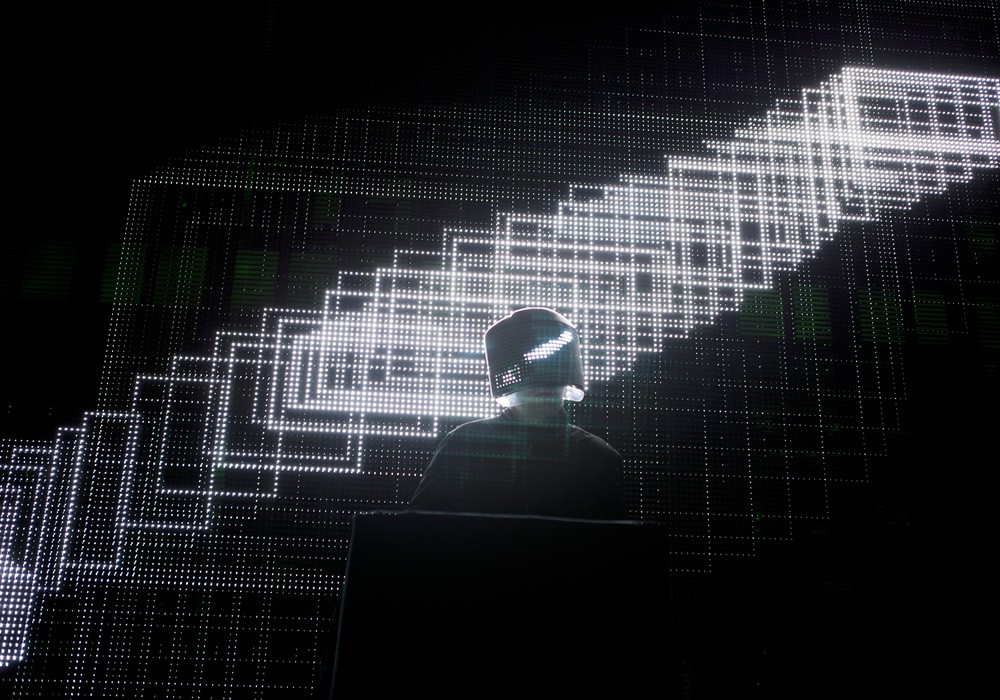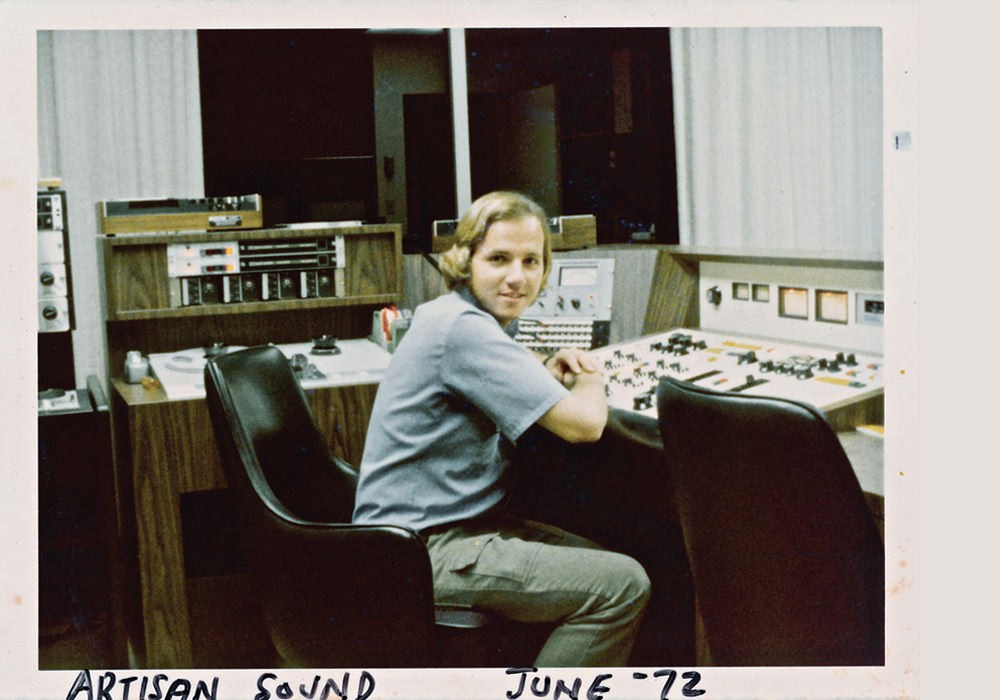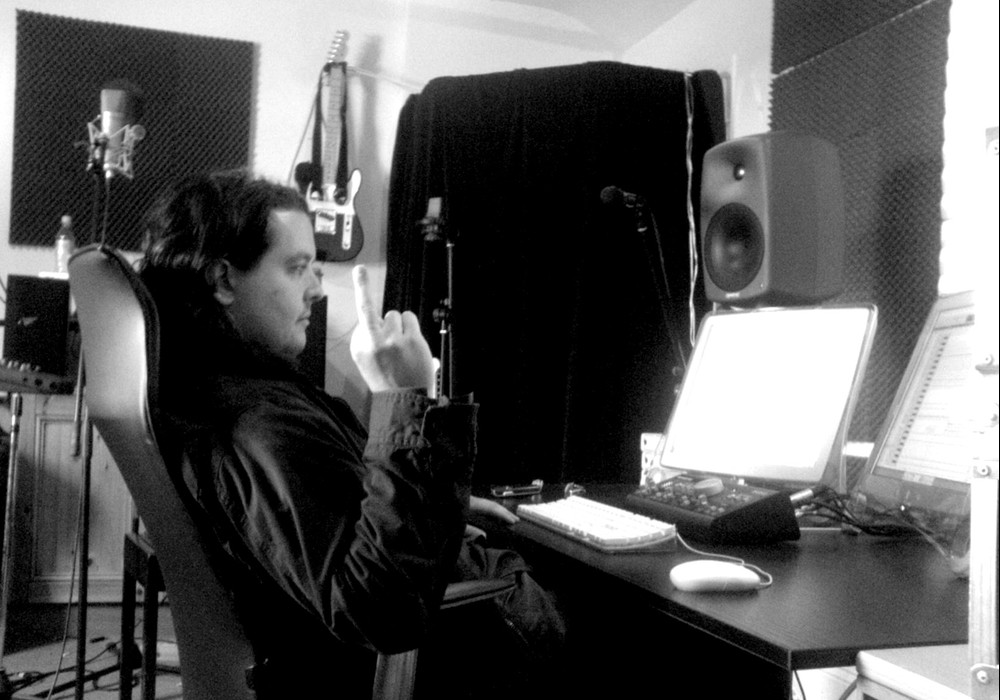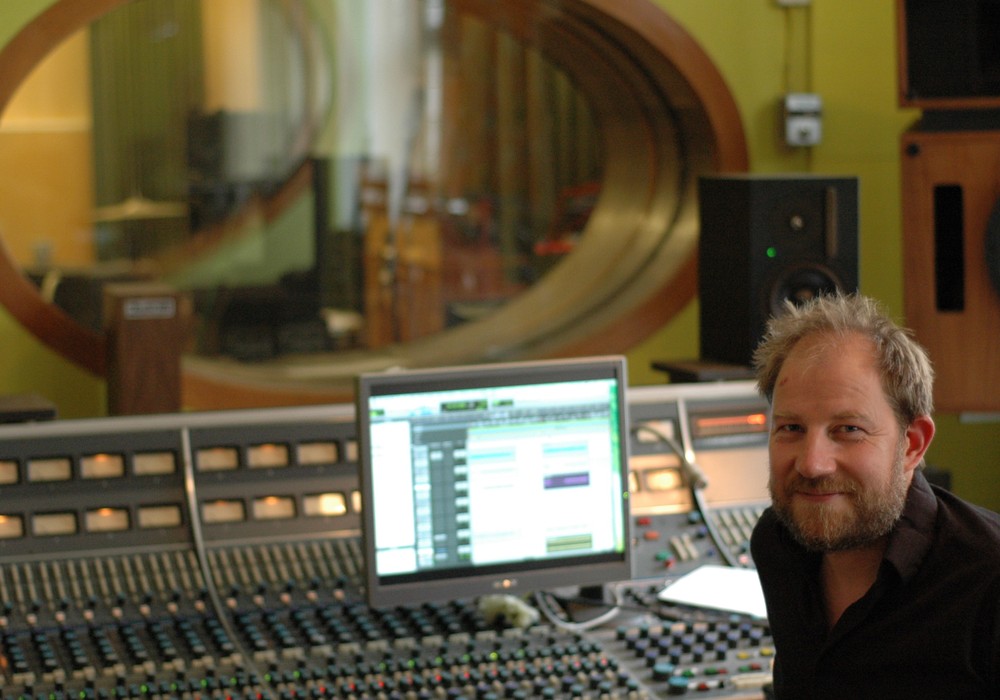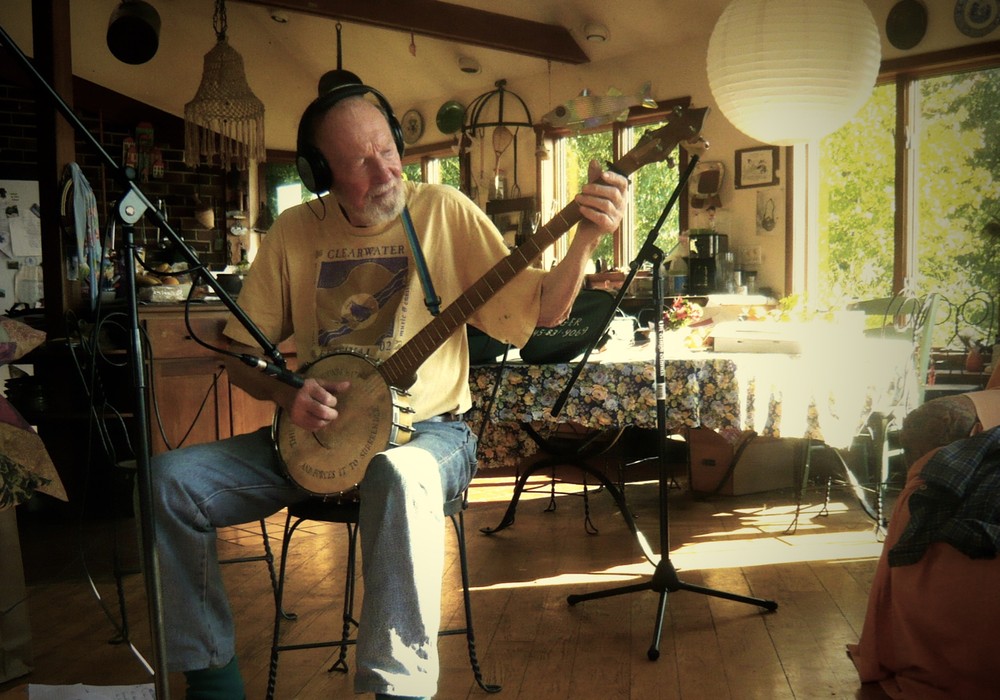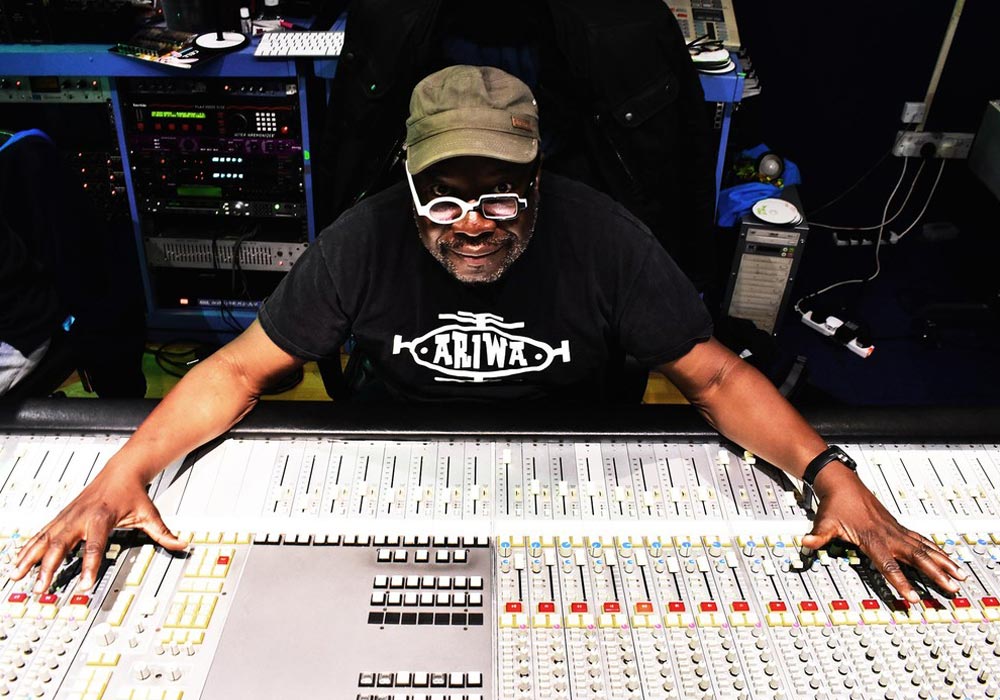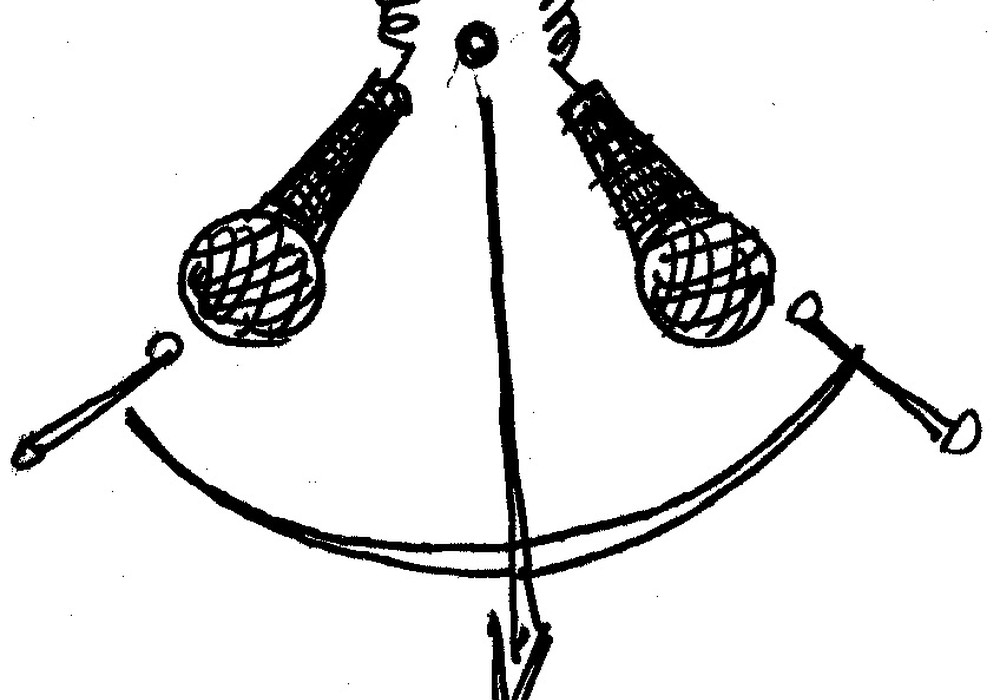A while back I was working on a restoration process for an album that was long out of print. The only materials I had to work from were a ridiculously scratched vinyl LP and some 7-inch reference reels from the original session. When I played back the reels, I was horrified by the obvious pitch fluctuations on the tapes — it was enough to make me queasy. I recalled that I'd met Jamie Howarth, of Plangent Processes, some time before; given a basic understanding of his revolutionary technique, I assumed he could fix my problem. It worked. The process basically uses recovery of the bias tone off analog recordings to "realign" the audio to the state it was in while being tracked or mixed. Jamie's Plangent Process has helped restore recordings of Woody Guthrie, the Grateful Dead, and Neil Young, as well as solving many film audio problems. I had to learn more about this, and wanted others to know that this service is available, so I tracked down Jamie and picked his brain.
When did you come up with the idea of the Plangent Process?
In the early '80s I was working in New York at Howard Schwartz Recording. Howie wanted to prove that Scotch 250 was the best tape, because it's what he was using; everybody else was using [Ampex] 456. He bought one of the first Hewlett Packard digital frequency synthesizers, which put out a perfect sine wave without drift. He also purchased a very early General Radio spectrum analyzer. I was assigned to sit there and prove that 250 was the best tape. I, being an idiot and not understanding business and politics, proved to him that actually AGFA 468 was the best tape,which wasn't what he had in mind. I learned a lot from the experience! [laughing] But what started this all back then was that I was laying down a 10 kHz tone and then looking at it off tape, seeing how much level the tapes could handle and so on. I noticed that the digital frequency synthesizer would put down a perfect spike in input mode, but in repro off the tape it looked like a pine tree! I asked the tech guys,"What is that? "They said, "That's the wow and flutter." They showed me that if you've got sidebands of 60 Hz on either side of 10 kHz, then you've got a 60 Hz flutter. I was scrubbing the tape very slowly at various points, and I'd hear this whistling noise. I asked, "What is that?" They said, "That's the bias." Because at 30 ips, a 100 kHz bias tone, if you scrub it slow enough, you'll hear it. Many of us have heard this when the tape comes up to speed. I was hearing the bias and that it had a pitch. Meanwhile, I was seeing that the machine was much more messy in the time domain than the digital frequency synthesizer was. I questioned, "Why hasn't anybody used the bias to servo-lock the machine?" Older tapes were recorded with a bias oscillator that was way more stable than the transport was. When you get into the quartz oscillators that you see in the MCI, Studers and later machines, it's pretty awesome how stable they were but how much worse the transport was. I don't think that people realize how much residual wow and flutter we are sensitive to. We're just used to it.
And now you can take that bias and virtually "lock" the audio, post tape.
Yup. It's not easy to do, and the bias tone has a very low signal-to-noise ratio. I took what I'd learned about FM theory from David Smith, who at the time was chief tech for Phil Ramone. David had gotten his Masters in FM theory from RPI [Rensselaer Polytechnic Institute]. Then I went and talked to all the guys that have been in the tape business for many, many years — Dale Manquen [3M/Flying Faders/P&G], John French [JRF Magnetic Sciences], Greg Orton [Ampex, Flux Magnetics], Mike Spitz [Ampex/ATR Services] — and I said to these guys, "What would you have done in 1975 when digital was starting to come in? What if you would have had the opportunity between 1975 and today to improve on the tape playback system? What would the bean-counters not let you build?" So they taught me as much as I could comprehend, and a lot I couldn't. These guys are the analog ninjas! [After that research] I hired a team of great prototypers, and we went ahead and built it with a basic electronic design from David. When they first assembled it, we were very excited. We were all together in a hotel conference room. I had an [Ampex] ATR-102 that had been rebuilt by Mike Spitz,so I knew that it was stable, and I had a tape that was made by MRL that had a 70 kHz bias on it. I stuck a pencil in the machine to make the tape speed go all over the place. My buddy, Dr. Patrick Wolfe, who taught at Cambridge University, UK, [he wrote the math and coded the software] loaded the audio transfer in his laptop. About a minute and a half later,...
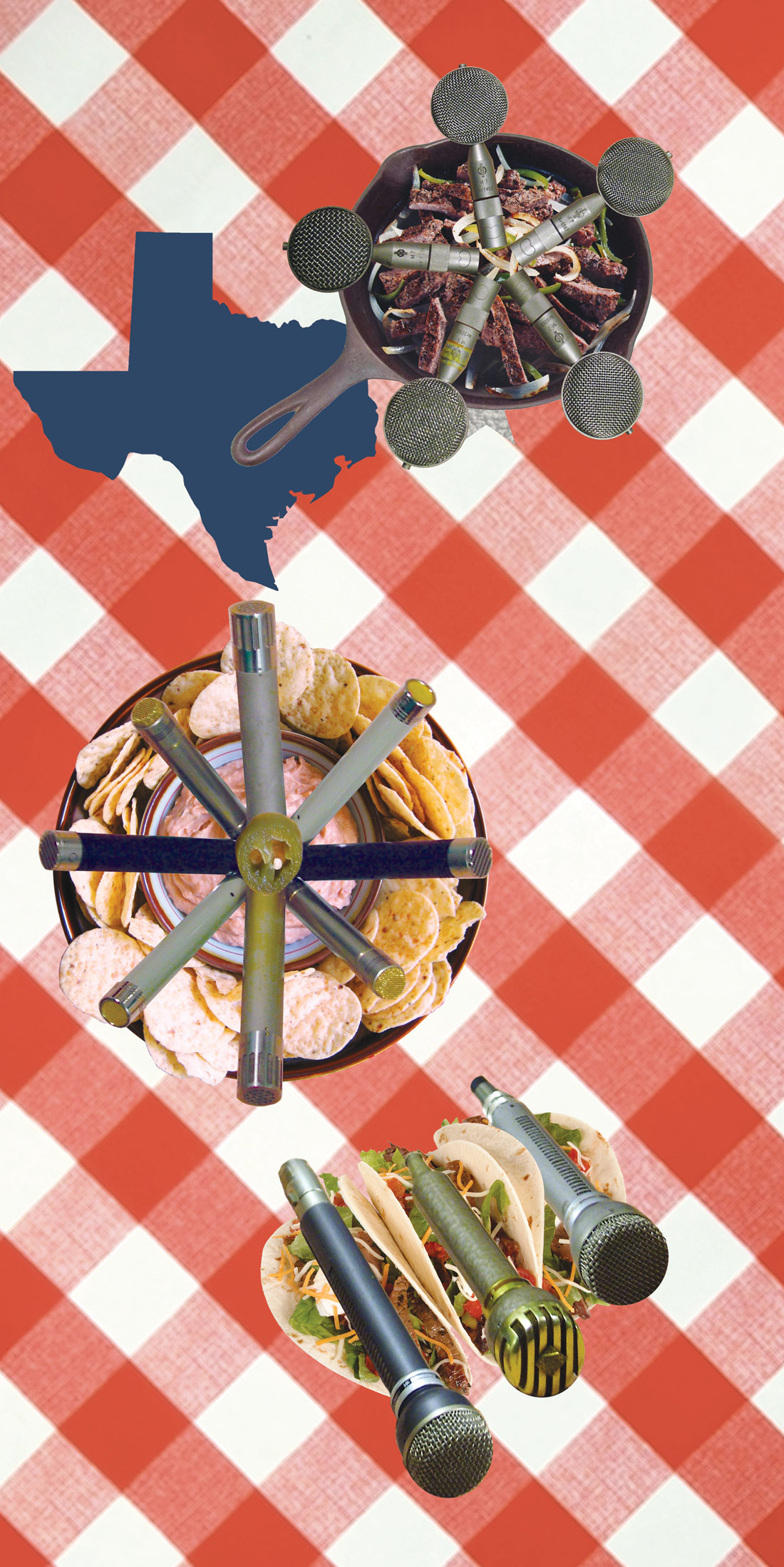

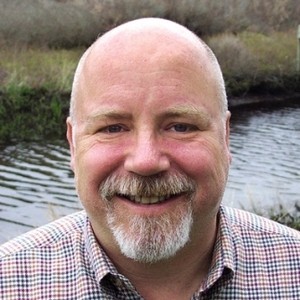


_disp_horizontal_bw.jpg)
